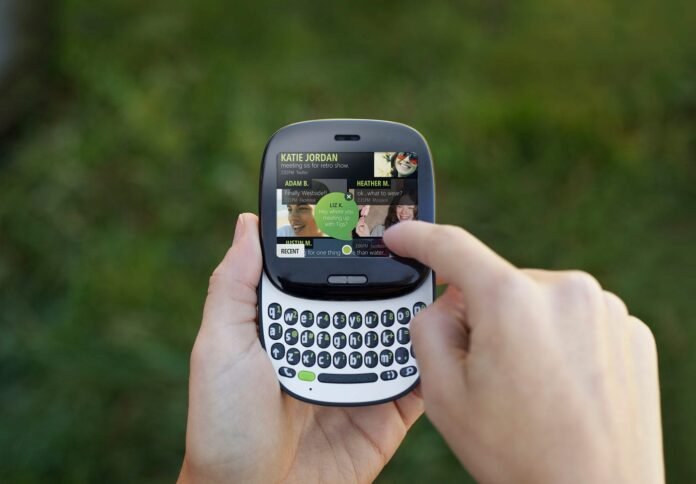Microsoft has a history of developing innovative devices that, despite their potential, were ultimately canceled before reaching widespread adoption. These Microsoft canceled devices, ranging from revolutionary phones to dual-screen PCs, showcase the company’s ambition and the challenges faced in the competitive tech landscape.
Microsoft Kin: A Social Media-Centric Phone Ahead of Its Time

In 2010, Microsoft introduced the Kin, a series of mobile phones designed primarily for social media enthusiasts. Developed in collaboration with Sharp, the Kin One and Kin Two featured unique form factors and integrated social networking features aimed at a younger demographic. However, due to poor sales performance, Verizon discontinued the Kin phones within two months, leading Microsoft to halt production and reassign the development team to other projects.
Microsoft Courier: The Dual-Screen Tablet That Never Launched

Around 2009, Microsoft was developing the Courier, a dual-screen tablet envisioned as a digital journal for creative professionals. The device featured two 7-inch screens and supported both touch and pen input, allowing users to sketch, take notes, and organize tasks seamlessly. Despite its innovative design and potential, the Courier project was canceled as it did not align with Microsoft’s Windows and Office strategies at the time.
Surface Duo 3: Transition from Dual-Screen to Foldable Design

Microsoft’s Surface Duo series represented the company’s foray into dual-screen Android devices. The original Surface Duo and its successor featured two separate screens connected by a hinge, promoting multitasking and productivity. Initially, Microsoft planned a Surface Duo 3 with enhanced dual-screen capabilities, including narrower and taller edge-to-edge displays and wireless charging. However, these plans were scrapped in favor of developing a device with a true foldable screen featuring a 180-degree hinge and an external cover display, aligning more closely with current trends in foldable smartphone design.
Surface Studio 2 Plus: The End of an All-In-One PC Era

The Surface Studio line was Microsoft’s attempt to revolutionize the all-in-one PC market, particularly targeting creative professionals. The Surface Studio featured a large touchscreen with a unique hinge, allowing it to transform into a drafting table-like position for drawing and design work. Despite its innovative design, the Surface Studio remained a niche product. In December 2024, Microsoft announced the end of production for the Surface Studio 2 Plus, with no immediate successor planned, marking a shift in the company’s Surface device strategy.
Andromeda OS: The Canceled Windows for Dual-Screen Devices

Parallel to its hardware endeavors, Microsoft was developing Andromeda OS, a custom Windows operating system tailored for dual-screen devices. Intended to power devices like the canceled Surface Duo running Windows, Andromeda OS featured a lock screen that doubled as a canvas for note-taking and a home screen centered around a digital notebook concept. Despite its innovative approach, the project was ultimately abandoned as Microsoft shifted focus to Android for its dual-screen hardware initiatives.
These Microsoft canceled devices underscore the company’s commitment to exploring new form factors and user experiences. While not all devices reached the market, the insights gained have influenced subsequent product development and continue to shape Microsoft’s approach to hardware innovation.




